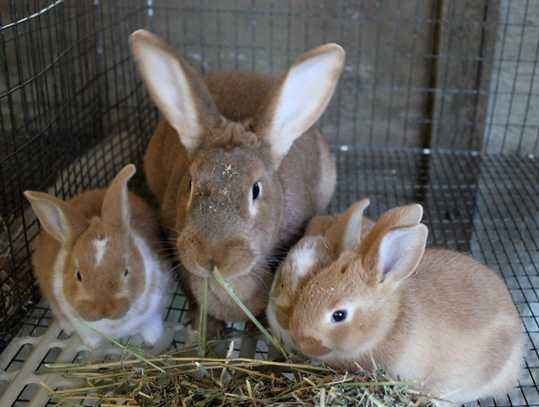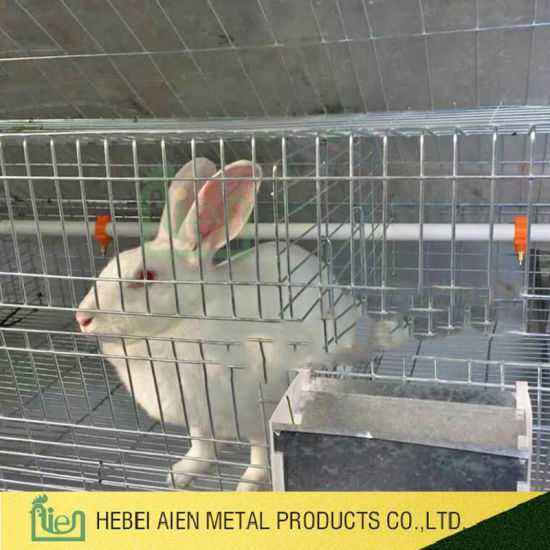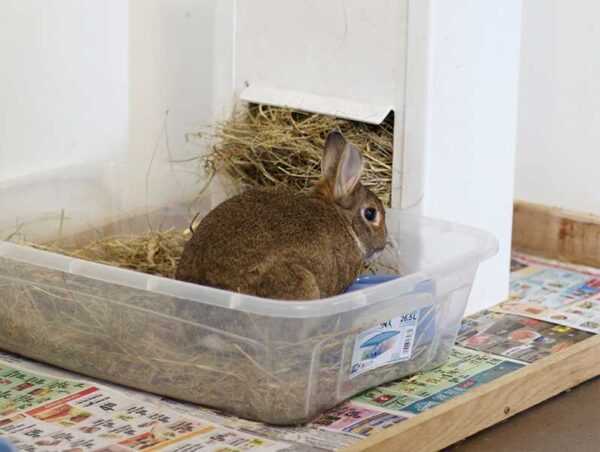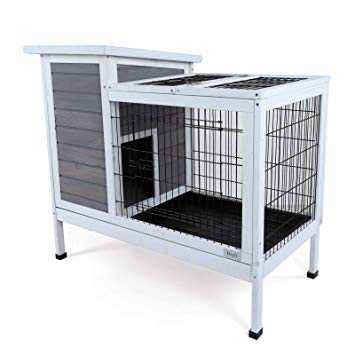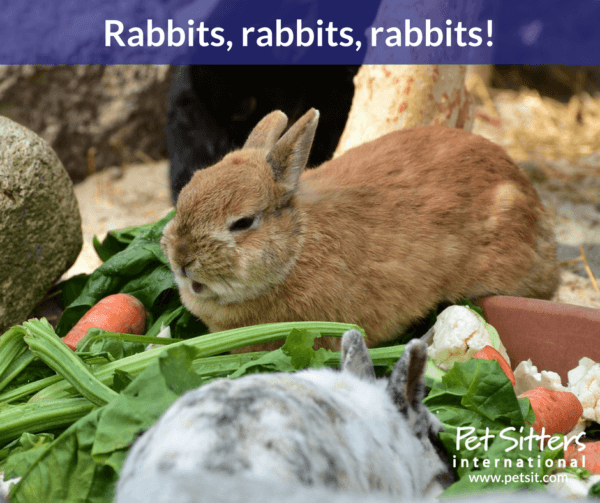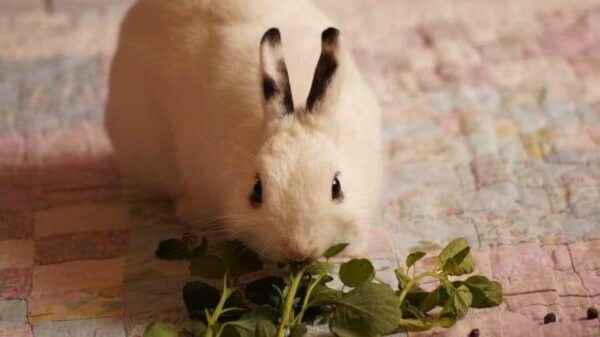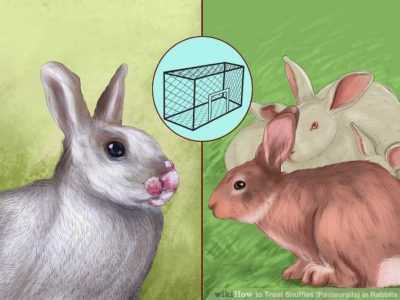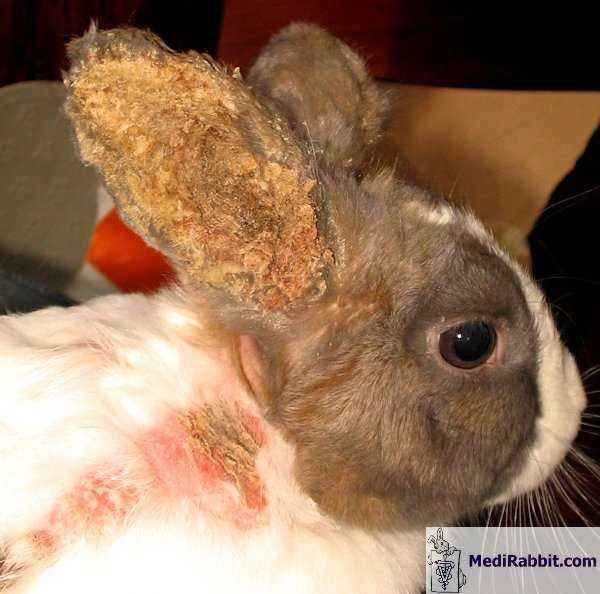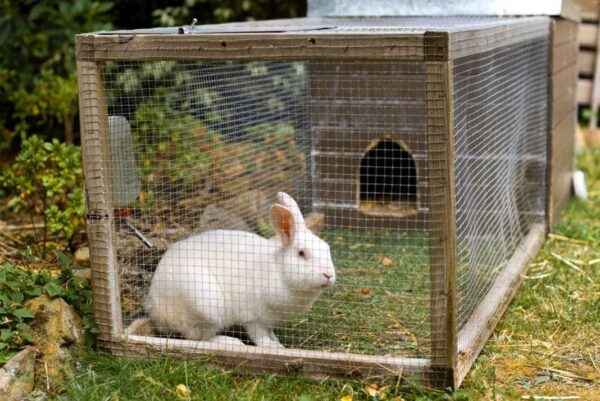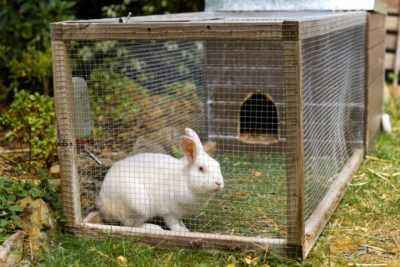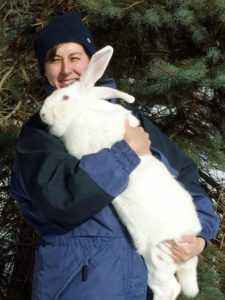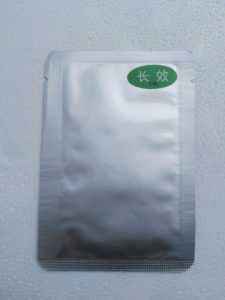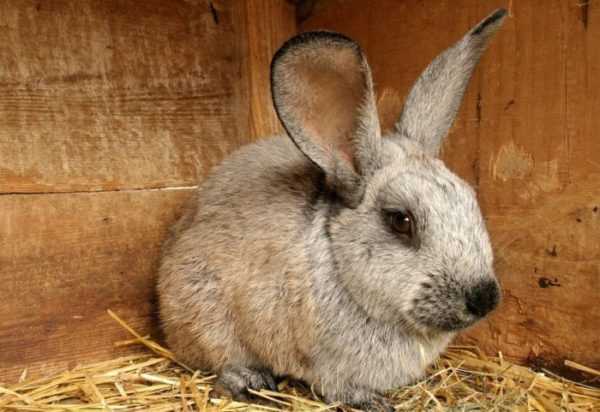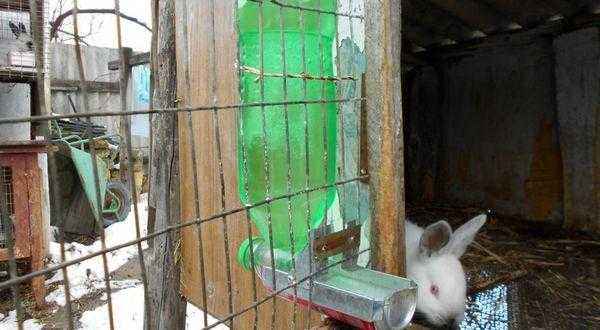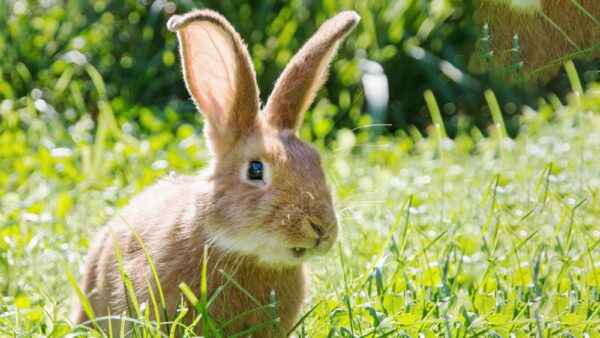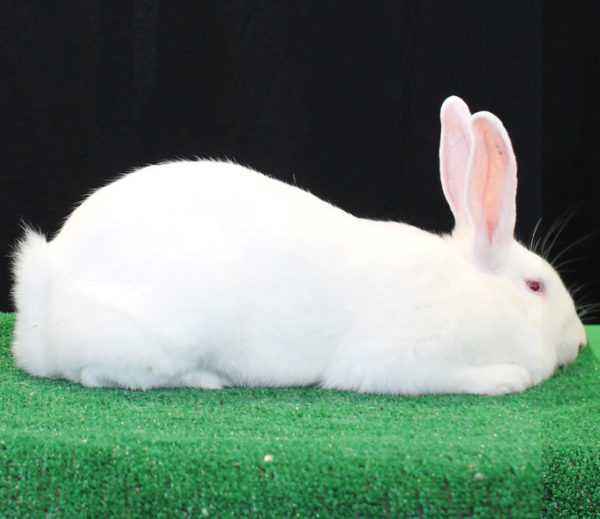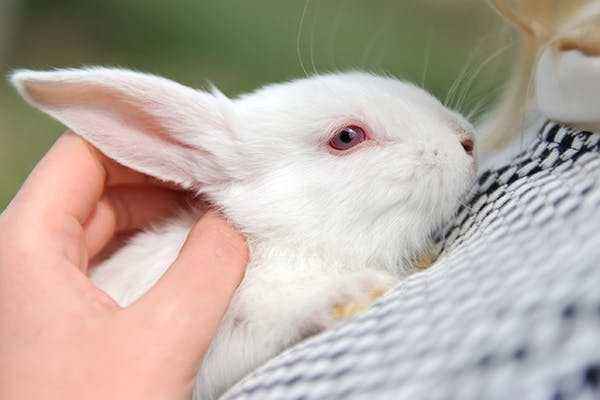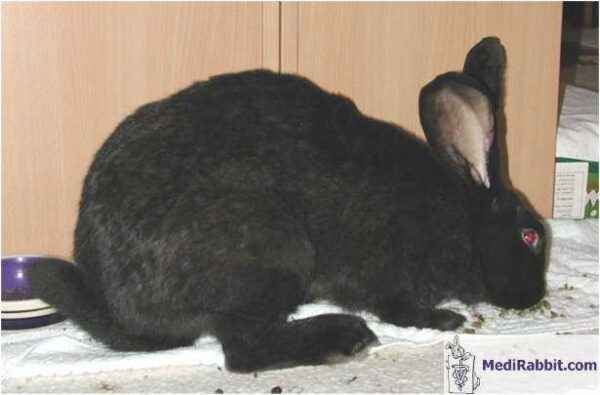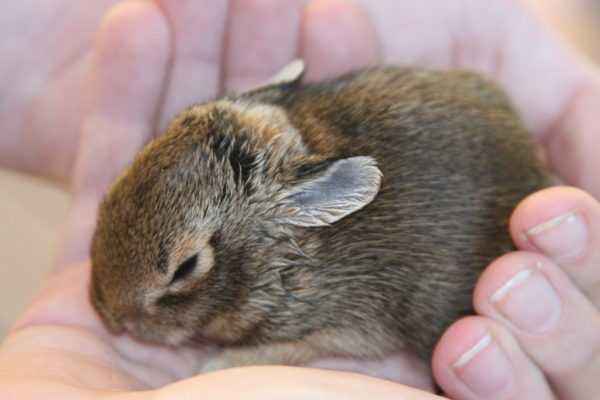Viral hemorrhagic disease, or HBV in rabbits, is one of the most dangerous diseases affecting the livestock. The rapid development and spread of rabbit HBV is inherent, which leads to fulminant death of animals, and it is not possible to treat the disease.
- About the nature of HBV in rabbits
- Clinical picture
- Pathology of changes and diagnosis
- Order of vaccination
- Quarantine measures
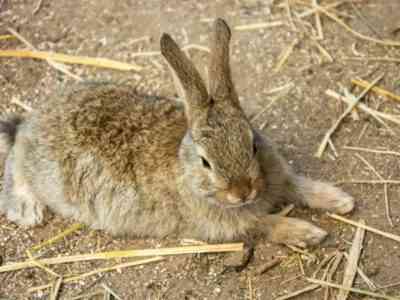
HBV in rabbits
About the nature of HBV in rabbits
Among other names for rabbit viral hemorrhagic disease, there is often hemorrhagic pneumonia or necrotic hepatitis It is an infectious type of disease with an acute course This highly contagious infection is spreading rapidly among adults and is accompanied by high mortality rates: from 80% to 100%.
The first cases of HBV in rabbits were recorded in Chinese territory in 1984. From Chinese rabbit production, rabbit viral hemorrhagic disease has moved to eastern European countries, covering Italian farms, and then spread to Asian and American directions. The first Russian cases of HCVF were noted in 1986. on the Far Eastern border with China.
Sources of transmission of viral hemorrhagic infection are transmitted rabbits and sick rabbits and the man himself.Among the pathways of HCVF distribution, there are 2 main ones: alimentary or respiratory, and the factors are:
- manure and soil layer,
- litter with the causative agents present,
- feed products and drinking water,
- fur and skins of infected rabbits, fur products from them.
The causative agent of viral hemorrhagic disease of rabbits is a virus with RNA content that remains active in a frozen state for five years, and also able to withstand ethers and chloroform.
With this flash The occurrence and spread of HBVC are independent of the time of year and can occur in any season. For other animals, as well as for the human body, this virus is not dangerous, but cannot be treated in rabbits.
Clinical picture
The latent incubation period for the manifestation of the disease is 2- 3 days, sometimes delayed up to 5 days. The fulminant and super-acute course of the disease occurs without symptoms and ends in most cases lethally. Outwardly not showing any signs, the rabbits begin to make jerky movements with their paws and die.
Acute course of HBVD is manifested after 2-4 days with disease-specific symptoms:
- general depressed state of animals,
- decreased or complete lack of appetite,
- nerve manifestations in the form of irritability, fever and convulsive movements of the paws, bowing of the head,
- groans and squeaks made by rabbits.
Adults are most exposed to HCVI and rabbits are older than three months of age, and sex and breed of animals do not matter.
Before the death of sick rabbits, some Sooty discharge is observed from the nasal openings of yellow color or with the presence of blood components.
Pathology of changes and diagnosis
The highest concentration of HBV is in the liver, where it multiplies rapidly, leading to incompatible with animal life consequences. Among the main pathological changes that the development of viral hemorrhagic infection in rabbits leads to, there is:
- liver damage with its increase in size and becoming flabby, with hemorrhage,
- violation integrity of the spleen (increases 1.5-3 times) and kidneys (enlarged and penetrated by hemorrhages),
- changes in the structure of the stomach and intestines, which undergo catarrhal inflammation,
- disruption of the heart muscle , while the ventricles in the walls are stretched, the heart itself increases, speckled with a multitude of hemorrhages.
The diagnosis of HBV is based on complex analytical information, including epizootic (sudden death of unvaccinated rabbits, fulminant infection) and clinical (nerve changes, fever, nasal discharge) symptoms. A pathomorphological laboratory study is done.
Order of vaccination
Rabbit viral hemorrhagic disease cannot be treated. Preserving the rabbit population is possible only with timely vaccination.
In order to prevent rabbit hemorrhagic disease, the Russian Veterinary Service recommends using one of the following vaccines:
- hydroxide-based aluminum formol-inoculated, inactivated ,
- lyophilized tissue inoculation, including formol-inoculation, theotropin or thermal vaccine,
- injection against myxomatosis and HBV lyophilized,
- inactivated anti-proterellosis vaccine.
Appear on A rabies immunity against viral hemorrhagic disease in rabbits occurs at the age of 1.5 months on the third day after the administration of an animal 0.5 ml of the vaccine intramuscularly. The duration of the active action of the vaccine is at least one year, after which the booster vaccine is administered.
Vaccination of pregnant rabbits is carried out at all times. Two months after birth, passive immunity of rabbits from those rabbits that were vaccinated with the vaccine is maintained.
In passive immunization, serum from HBV is used for a period of active prophylactic action up to 1 month.
Quarantine measures
When a diagnosis of viral hemorrhagic rabbit disease is diagnosed by an order of the regional administration, a quarantine is established and restrictions are introduced:
- import is prohibited , export and sale of animals, products from them, skins and down, limited to the import and export of household equipment and feed mixtures,
- a ban on the organization of exhibition and other events with the participation of rabbits,
- exchange of rabbits between owners and their regrouping is not allowed,
- grass and hay are not used for feeding from places where quarantine is imposed.
Quarantine measures are taken in the region that is not favorable for the State Budget Code of the Kyrgyz Republic according to the following instructions:
- the exact number is calculated the number of rabbit livestock on all available farms,
- a clinical examination of the livestock is carried out to identify diseased individuals,
- sick and suspected animals are sent for slaughter, followed by burning of corpses,
- widespread immunization is carried out for the entire population for the purpose of prevention and vaccinated aktsina.
In addition, on all farms where rabbits kept in compulsory disinfection of premises, furniture and equipment, walking places. The skins that were procured in the quarantined region of the VGBK region are stored in isolation for the purpose of subsequent decontamination and processing at industrial enterprises.

